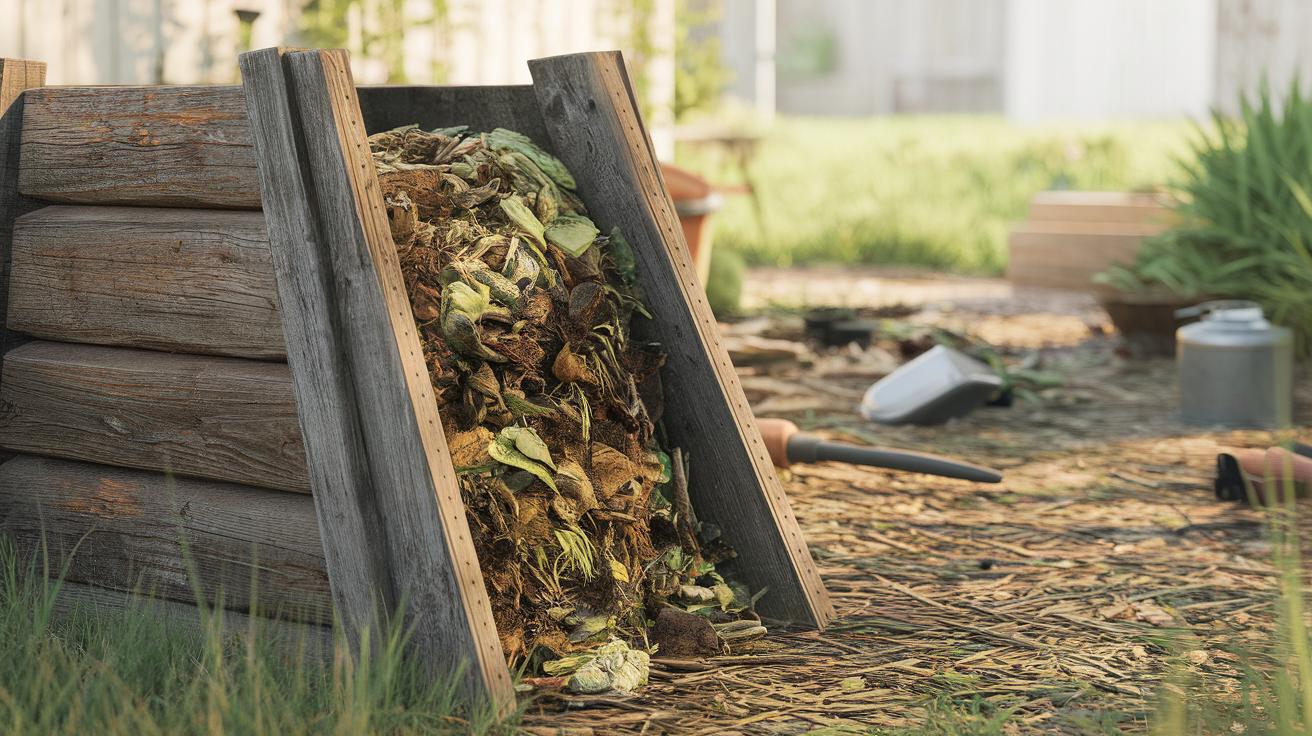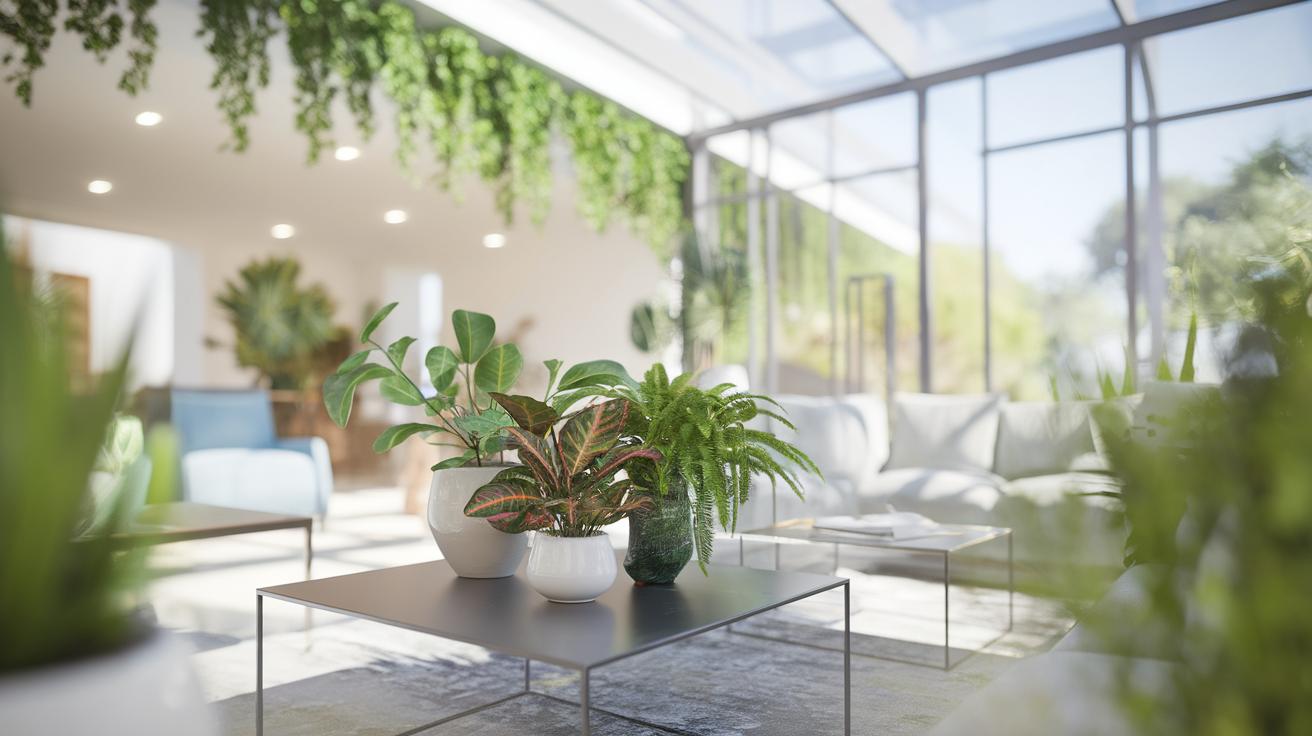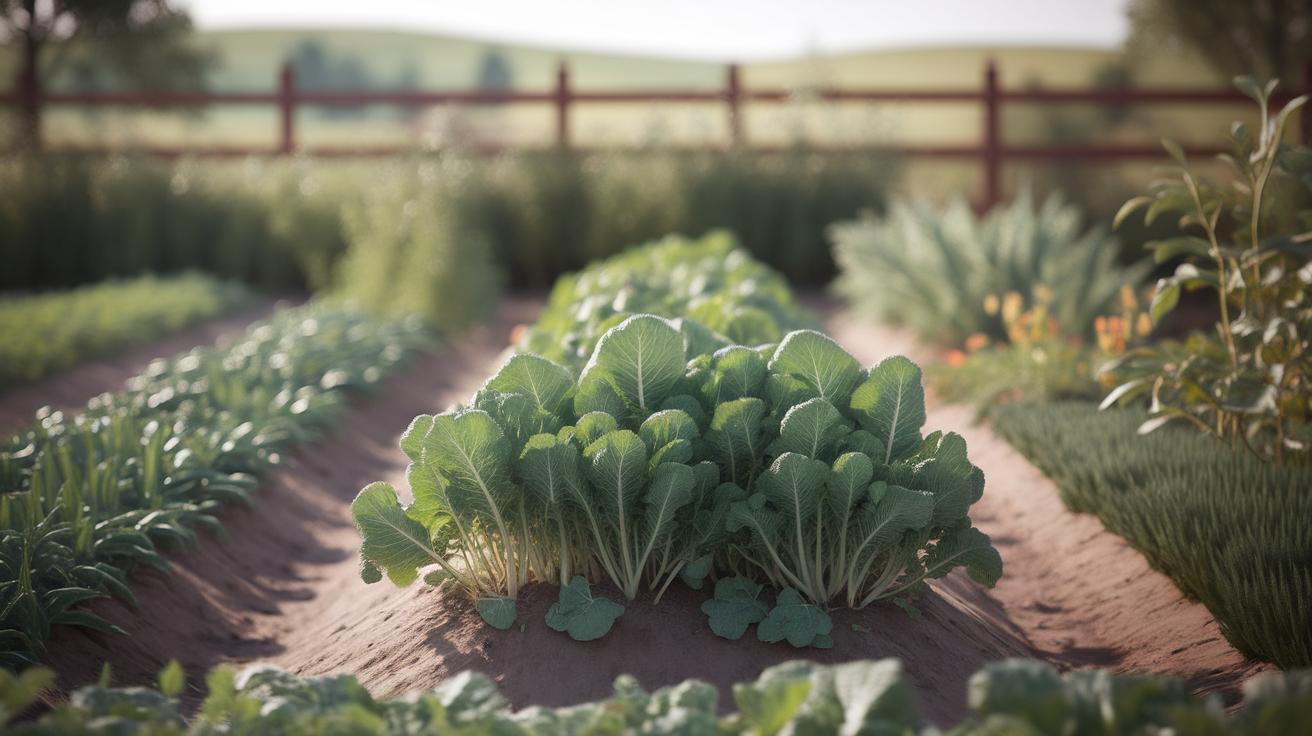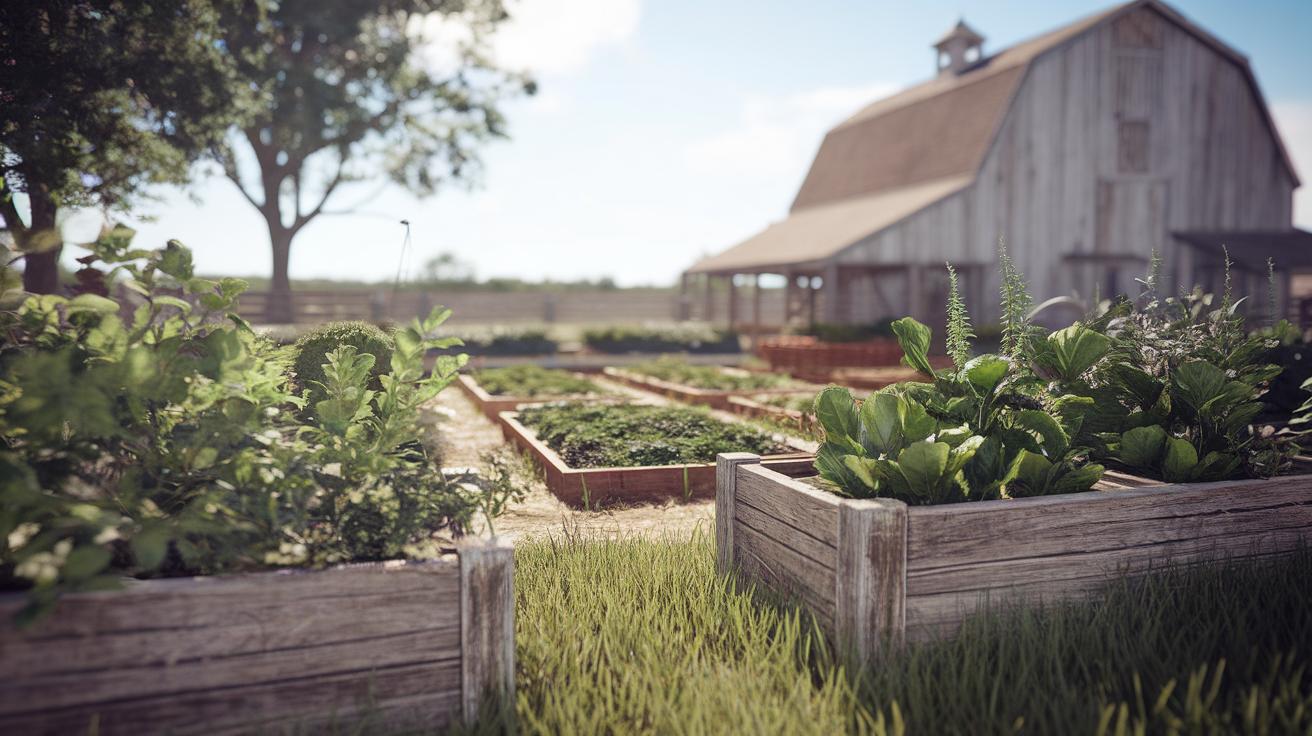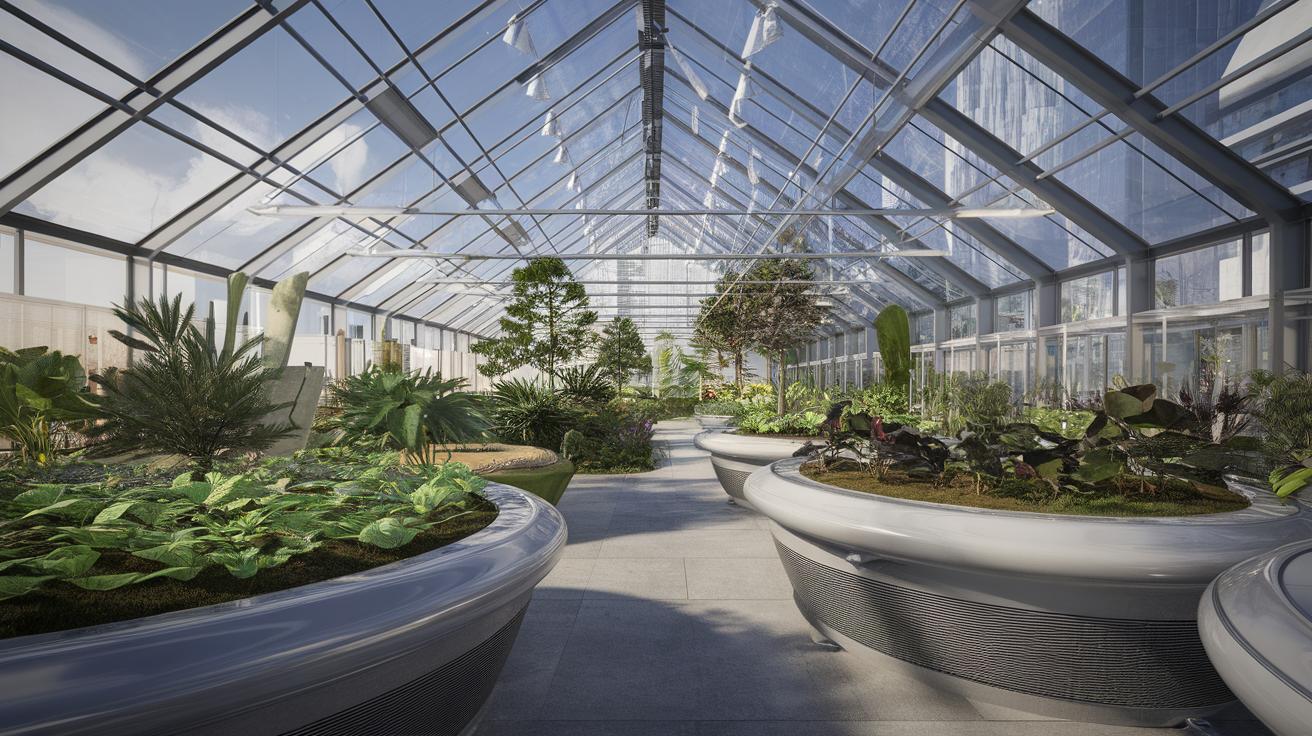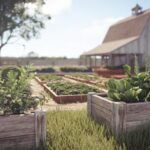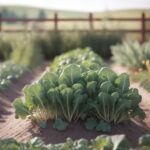Introduction
Creating a compost bin can be an incredibly rewarding DIY project that benefits both your garden and the environment. Composting involves turning kitchen scraps and yard waste into rich soil fertilizer, which enhances soil health and reduces waste heading to landfills. By learning how to build your compost bin at home, you can efficiently recycle organic waste while reaping the rewards of homegrown produce and flourishing plants. This article will guide you through the essential steps for a successful compost bin DIY project, ensuring you have all the knowledge and tips necessary to get started.
Composting is not only an effective way to reduce waste but also plays a significant role in sustainable gardening practices. The decomposition of organic materials transforms waste into compost, which is rich in nutrients, enhancing soil structure and fertility. Throughout this guide, you will discover various methods to construct a compost bin tailored to your specific needs, along with the types of materials best suited for composting. Let’s embark on this eco-friendly journey to harness the benefits of composting!
Understanding Composting The Basic Principles and Soil Health
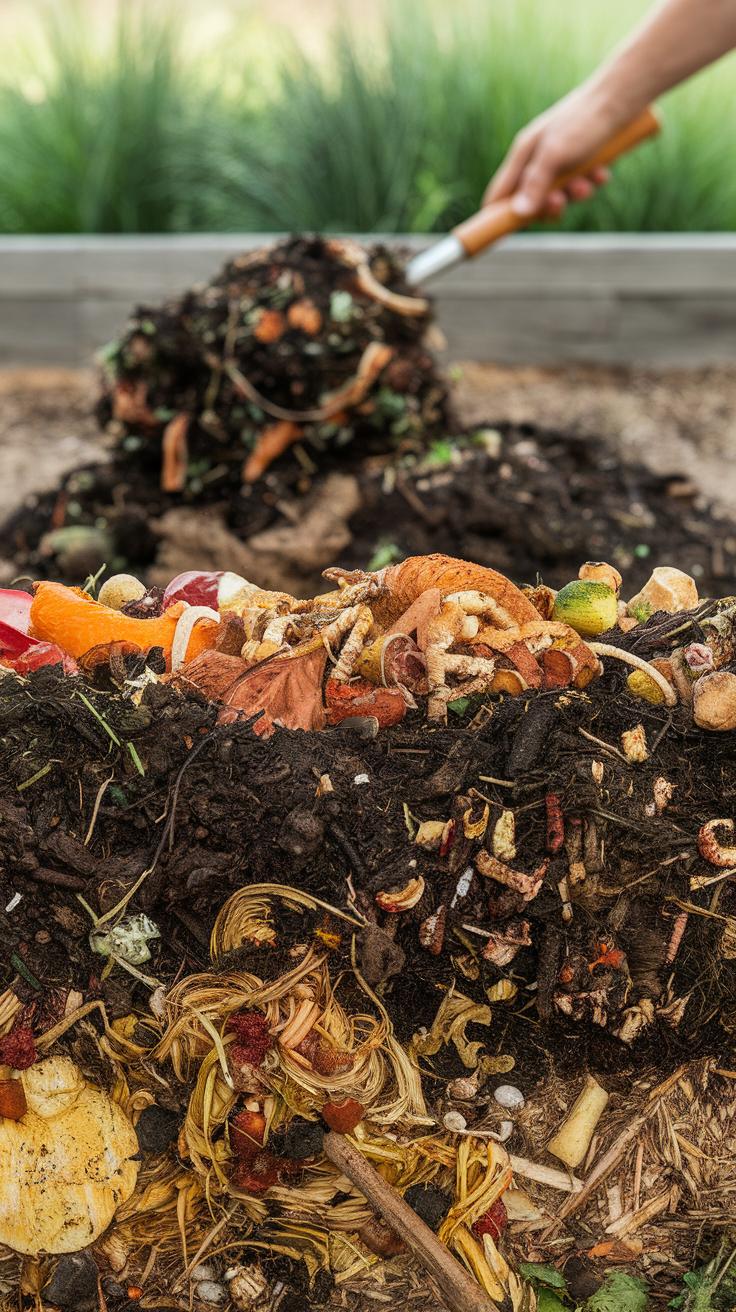
Composting is an incredible way to recycle organic materials, turning kitchen scraps and yard waste into a valuable resource. The process begins with decomposition, where microorganisms, such as bacteria and fungi, break down organic matter into simpler compounds. This natural process involves several stages, including initial breakdown, stabilization, and maturation, each contributing to the formation of nutrient-rich compost.
The benefits of compost are manifold, particularly in enhancing soil health and fertility. Compost enriches soil with essential nutrients, improves its structure, and enhances moisture retention. Furthermore, it promotes beneficial microbial activity within the soil ecosystem, fostering a thriving environment for plants. By embracing composting, not only does one minimize waste, but it also actively participates in building healthier soils that sustain plant growth and biodiversity.
Choosing the Right Location for Your Compost Bin
Selecting an optimal location for your compost bin is critical to ensuring an efficient composting process. Factors such as temperature play a significant role; placing the bin in a spot that receives adequate sunlight helps maintain warm conditions, crucial for the activity of microorganisms. Accessibility is another essential consideration; the compost bin should be easily reachable for adding materials and turning the compost.
Drainage is vital as well, as proper water management prevents the pile from becoming overly soggy, which can hinder decomposition. Additionally, positioning your bin away from direct rain exposure can maintain balanced moisture levels. Careful attention to these aspects can lead to more effective composting, allowing you to efficiently convert organic waste into valuable soil amendment.
Choosing the Right Location for Your Compost Bin
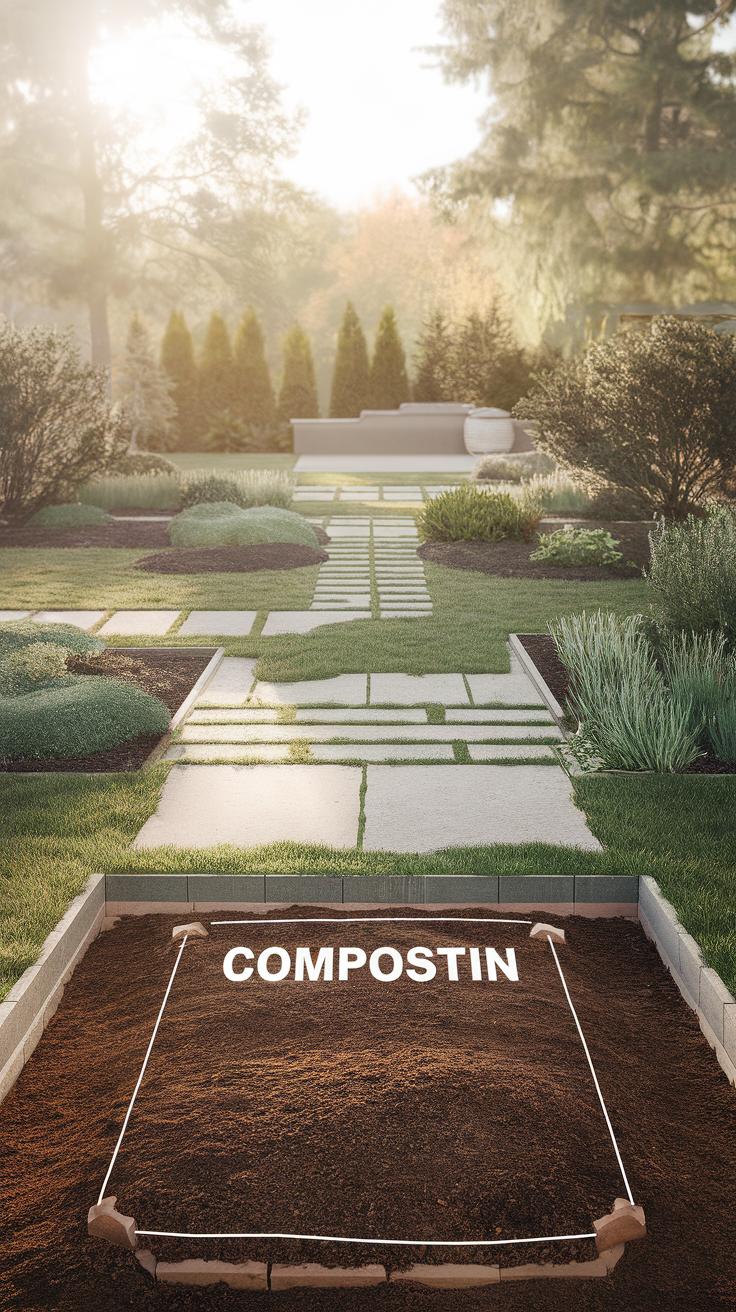
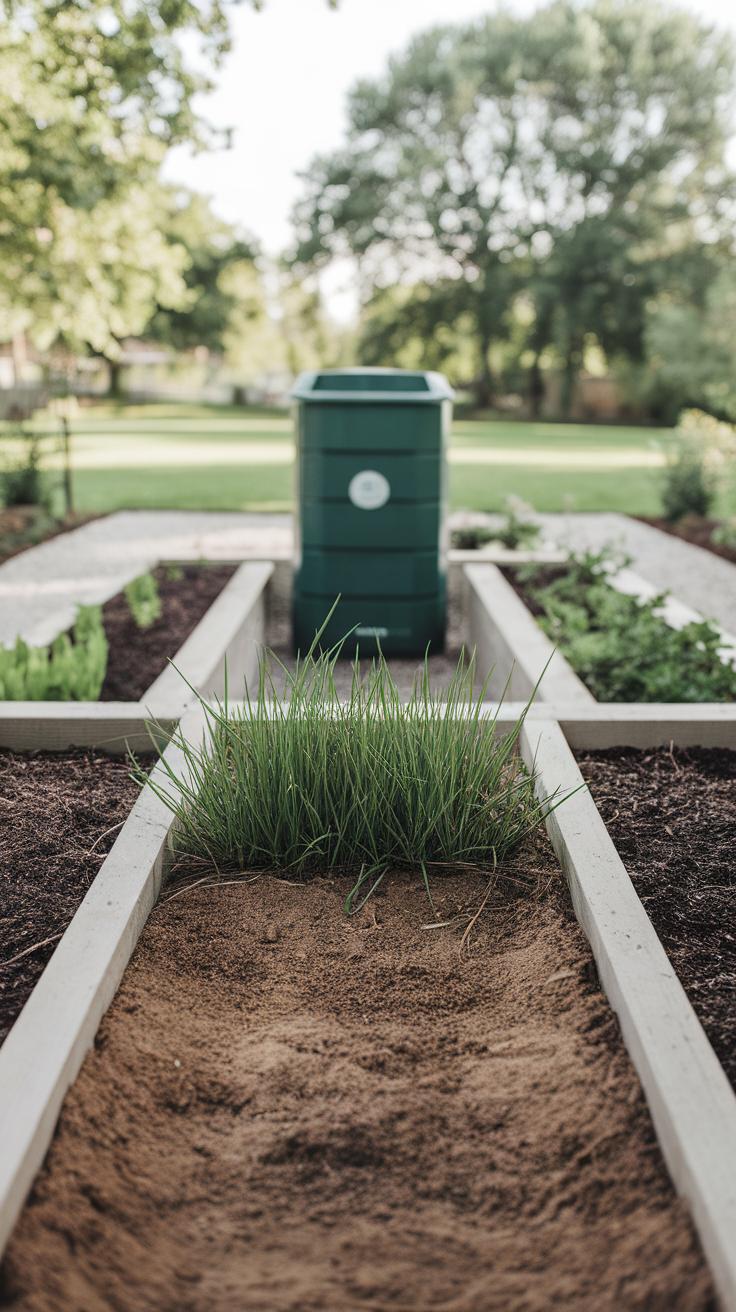
Key Factors to Consider
Finding the ideal spot for your compost bin is vital to the success of your composting efforts. Start by evaluating the temperature in the area; choosing a location with just the right amount of sunlight can help in accelerating the decomposition process. A warmer spot typically retains heat better, which promotes microbial activity.
Accessibility is another important factor. Select a location that is easily reachable; this encourages regular turning of the compost and the addition of new materials. You’re more likely to maintain your compost if it’s not tucked away in a hard-to-reach corner of your yard.
Consider drainage; your compost should not become soggy. A well-drained area will ensure that moisture levels remain balanced, preventing the compost from becoming anaerobic. Take the time to scout the perfect location to optimize the decomposition process and enjoy nutrient-rich soil in return.
Materials for Composting Identifying Suitable Organic Waste
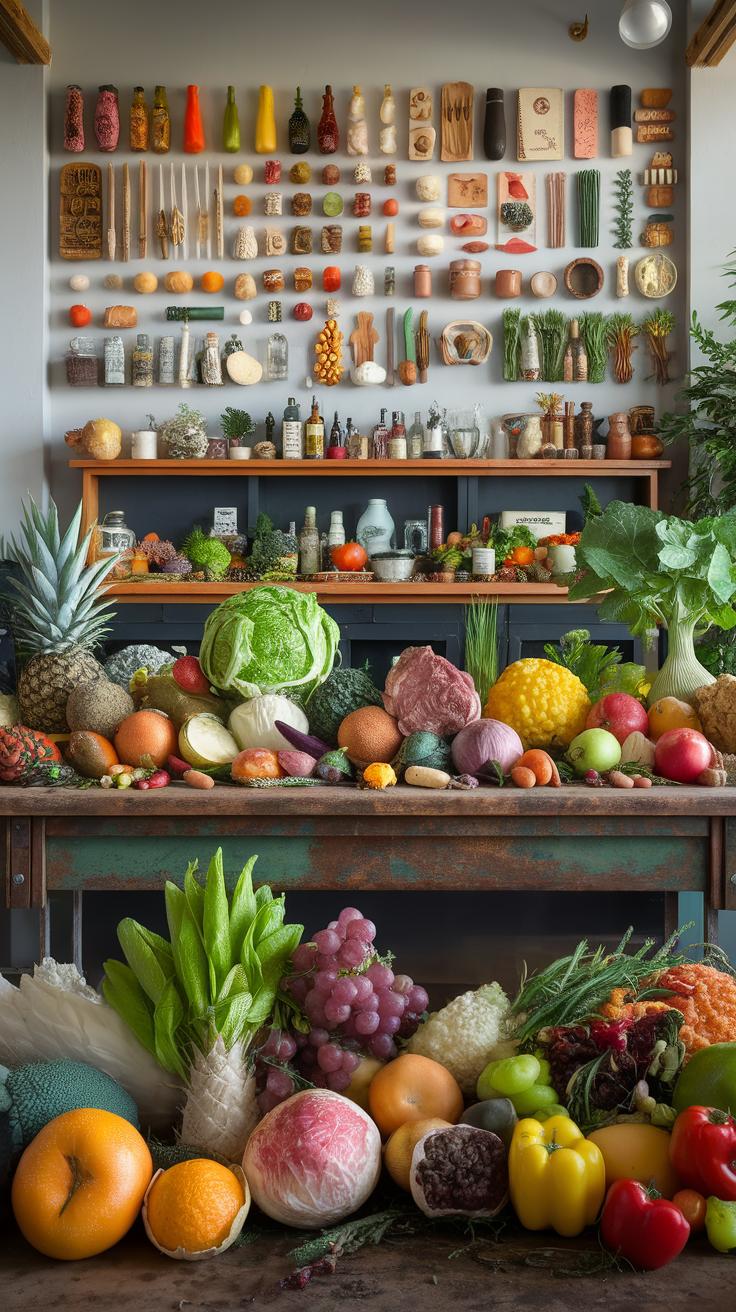
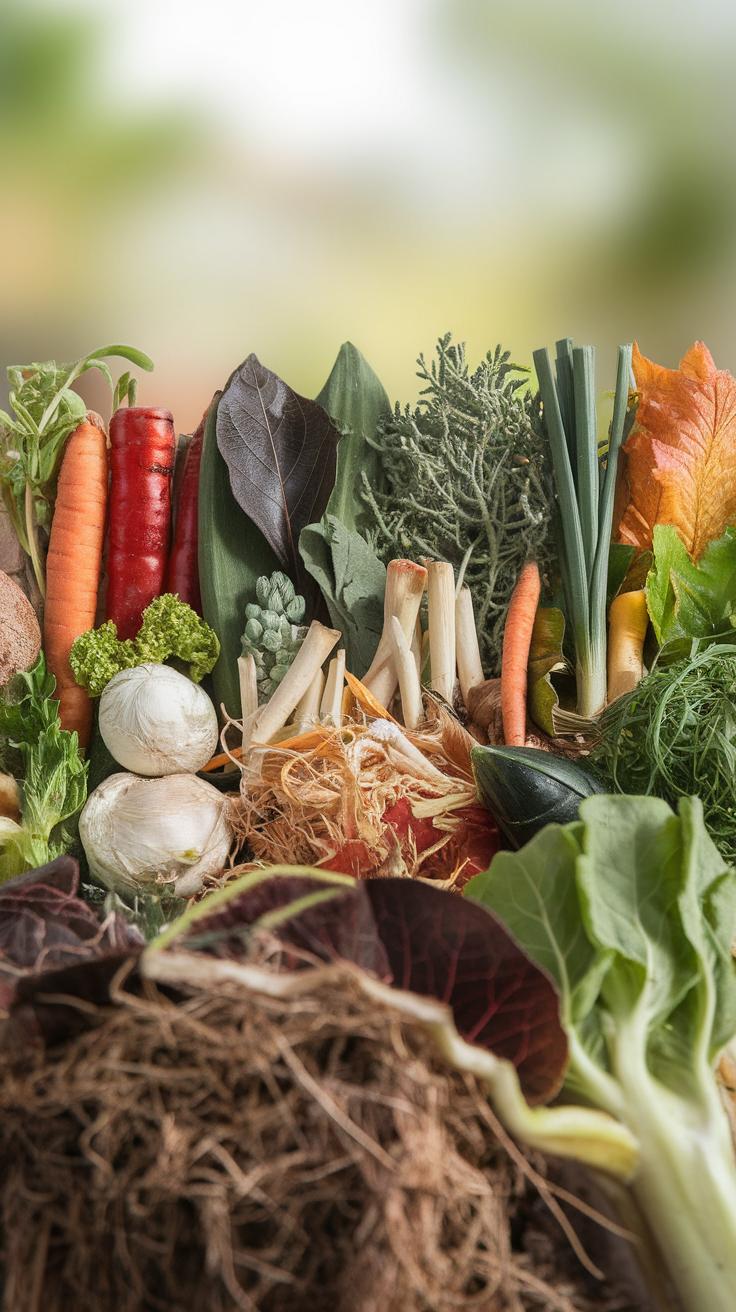
Understanding Brown and Green Materials
When embarking on your composting journey, knowing which materials to include is vital for creating nutrient-rich soil. Organic waste falls into two primary categories: brown (carbon-rich) and green (nitrogen-rich) materials. Brown materials include dry leaves, straw, and cardboard, which contribute essential carbon to the compost mix. These materials help with aeration and improve texture.
On the other hand, green materials consist of kitchen scraps, grass clippings, and fresh plant trimmings, providing the necessary nitrogen for decomposition. Laying a balanced blend of both types is crucial. Aim for a ratio of about 3 parts brown to 1 part green to promote effective composting. This balance ensures microorganisms thrive, breaking down the materials into the rich compost your garden will love.
Building Your Compost Bin A Simple DIY Project
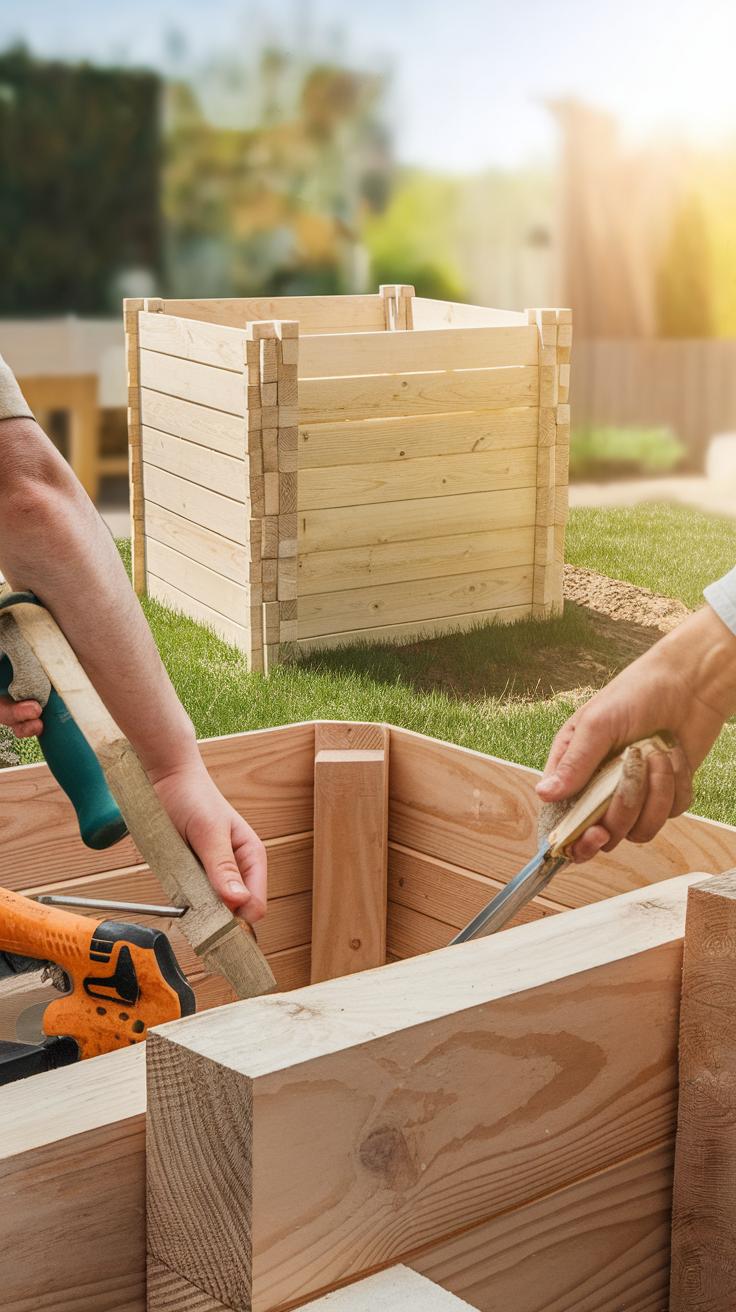
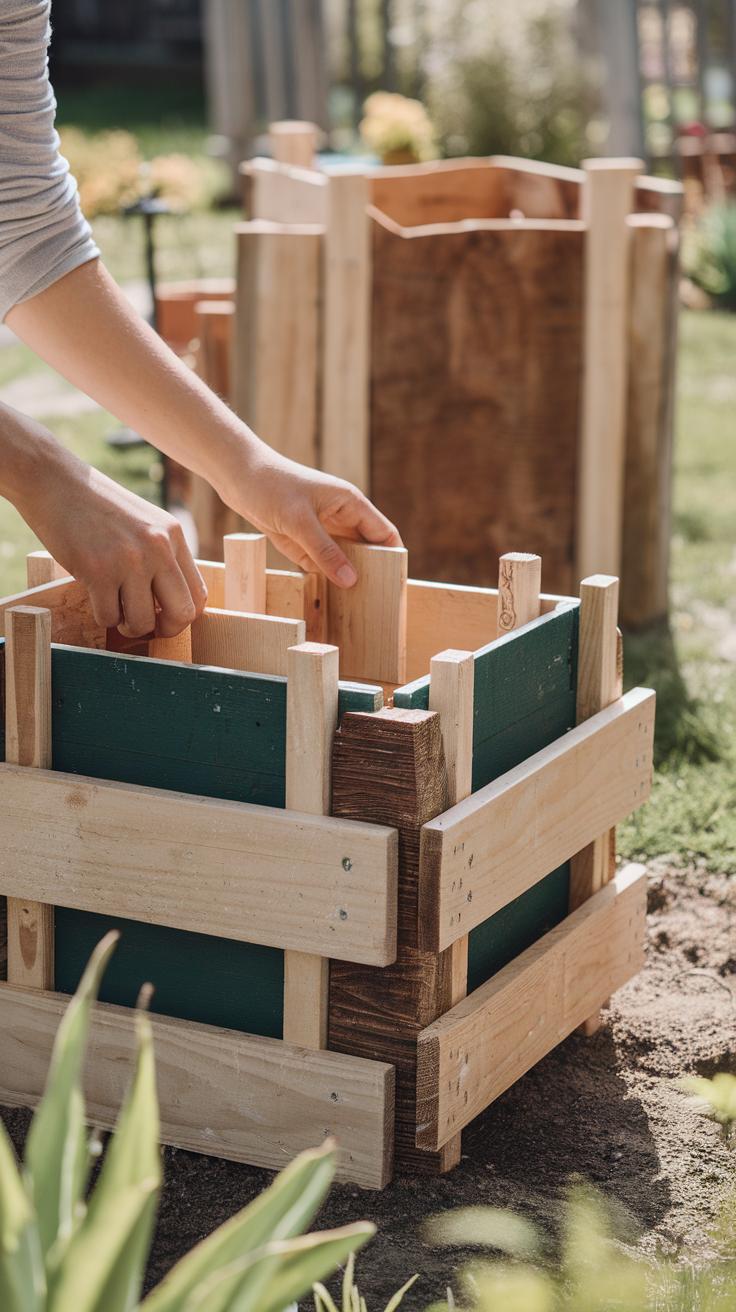
Simple Compost Bin Design
Creating a basic compost bin requires minimal materials and effort. Begin with wooden pallets, which can be sourced for free or at low cost. Simply arrange four pallets in a square or rectangular shape, connecting them with nails or screws. Ensure the bin is open at the top for easy access and aeration. This design allows for excellent airflow, promoting efficient decomposition. To enhance the setup, use a tarp as a lid during heavy rain to regulate moisture levels.
Advanced Compost Bin Options
For those interested in a more robust composting solution, constructing a compost bin with a sliding door made of wood or metal can be beneficial. Build a frame with treated wood, adding side panels to contain the compost. Include a hinged lid for access and attach a sliding door at the front for easy removal of compost. This design allows for better organization and helps maintain an optimal balance of materials, supporting a healthier composting environment.
Maintaining Your Compost Bin
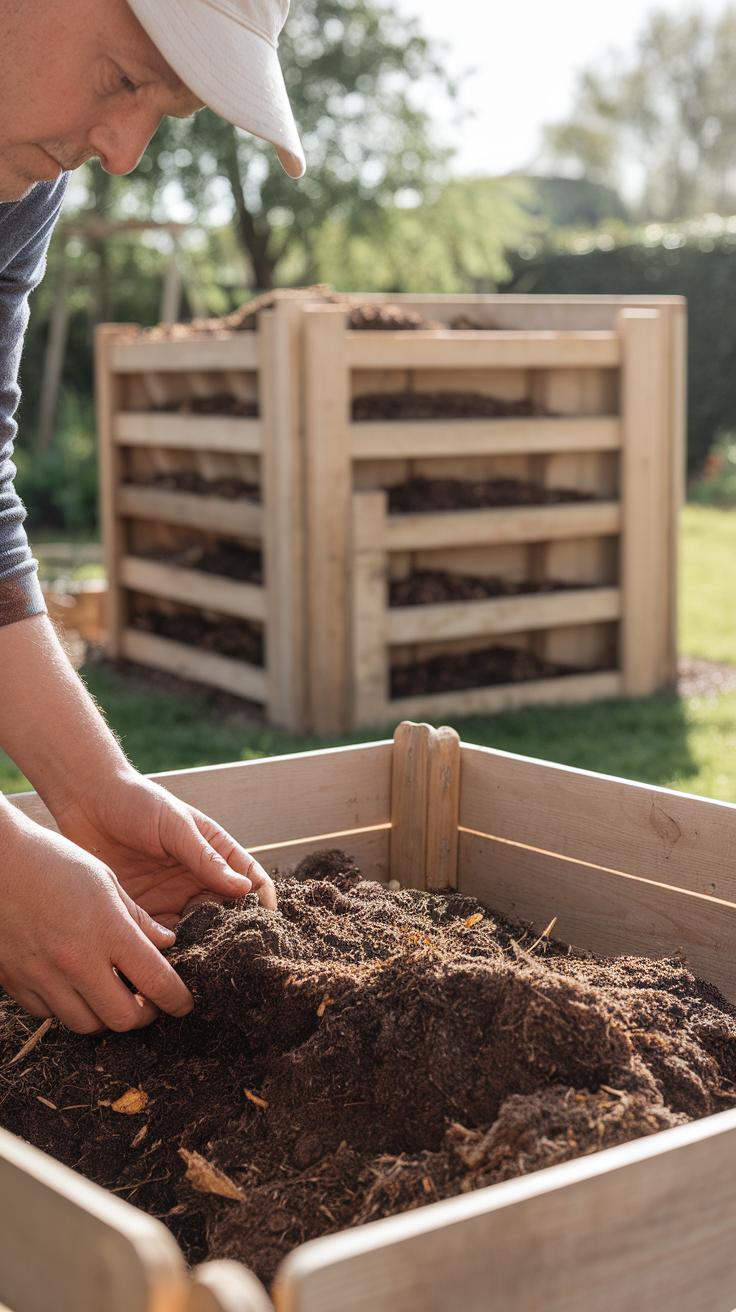
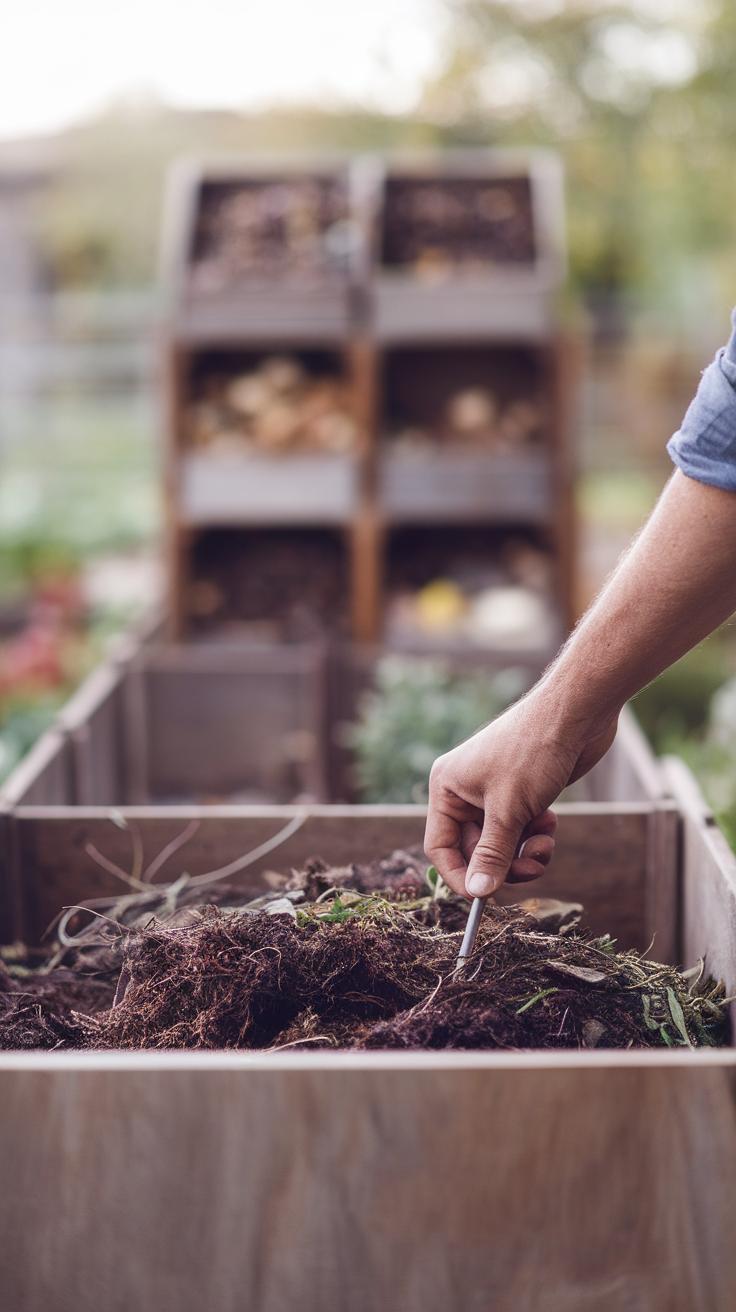
Regular Care for Effective Composting
To ensure that your compost bin remains healthy and efficient, regular maintenance is crucial. Turning the compost pile is one of the most effective practices, promoting aeration and speeding up decomposition. Aim to turn the pile every few weeks, breaking up clumps and mixing materials to enhance microbial activity. With each turn, you can also monitor the balance of green (nitrogen-rich) and brown (carbon-rich) materials, adjusting as necessary for optimal results.
Monitoring Moisture Levels
Maintaining appropriate moisture levels is equally vital for successful composting. The compost should feel like a damp sponge—moist, but not soggy. If the pile becomes too dry, sprinkle water to maintain humidity. Conversely, if it’s overly wet, adding more dry materials can help absorb excess moisture. These simple practices can significantly enhance the efficiency of your compost bin, transforming organic waste into nutrient-rich soil for your garden.
Using Finished Compost Transforming Organic Waste into Garden Gold
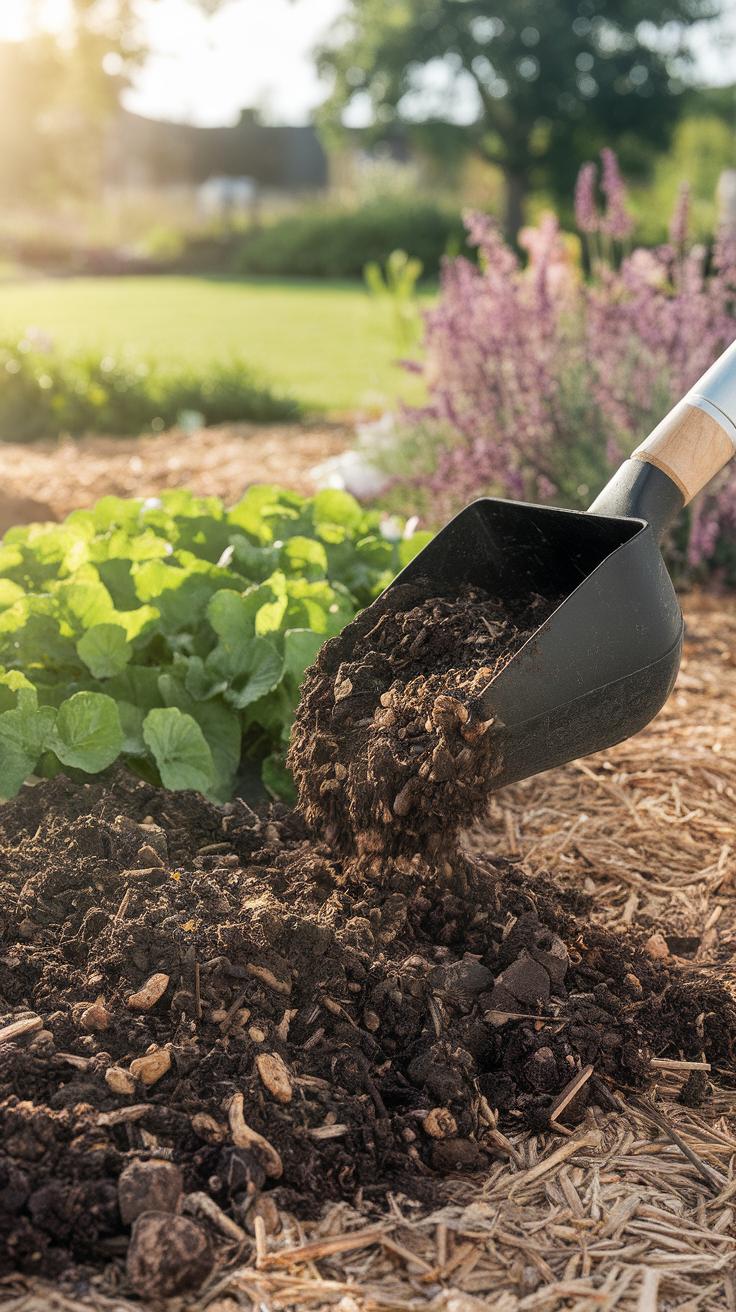
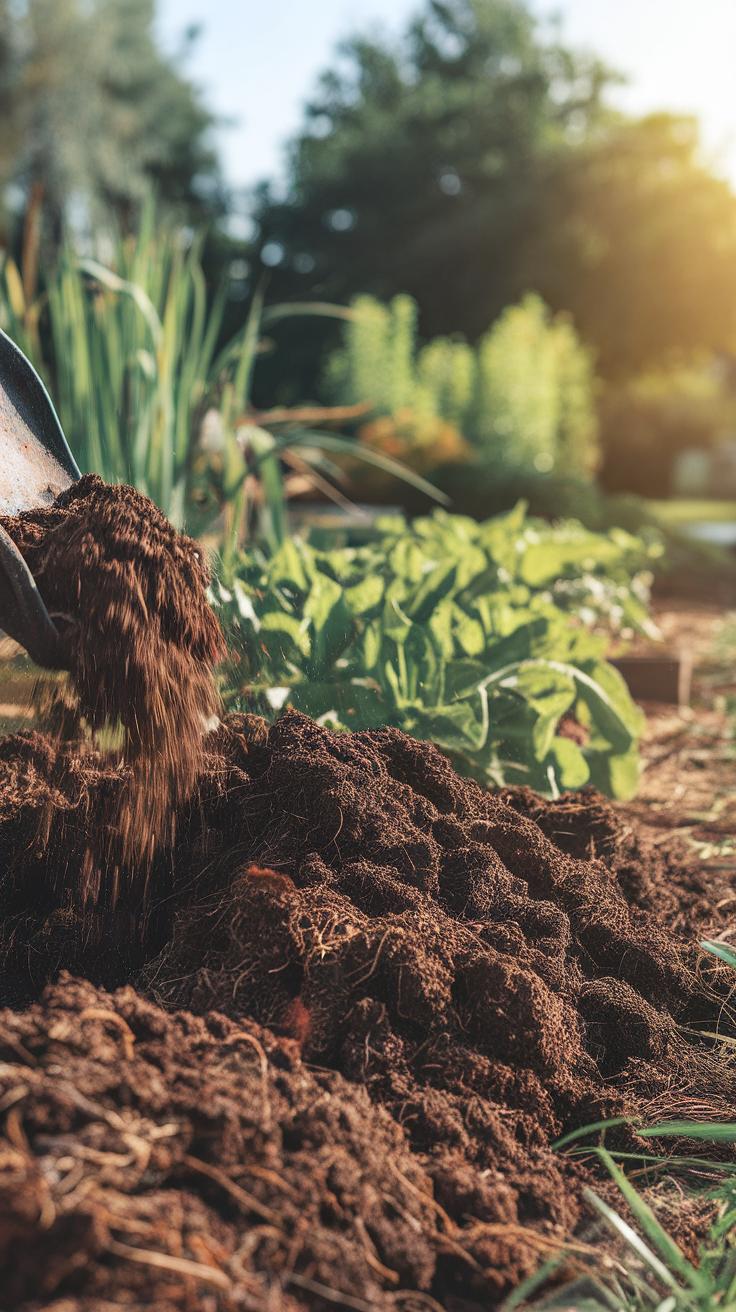
Recognizing When Your Compost is Ready
Finished compost is indicated by a dark, crumbly texture that resembles rich soil, accompanied by a pleasant earthy smell. The initial ingredients should be unrecognizable, having broken down completely into nutrient-rich organic matter. This transformation usually occurs within a few months, depending on factors like temperature, moisture, and the materials used. A simple method to confirm readiness involves taking a handful of compost and squeezing it; if it holds together without excess moisture oozing out, it’s ready for use. Regular monitoring during the composting process helps you determine the right time to utilize your compost effectively.
Utilizing Finished Compost in Your Garden
Incorporating finished compost into your garden offers numerous benefits for plant growth and soil health. Spread a layer of it on your garden beds as a top dressing, enriching the soil and suppressing weeds. Mix compost into potting soil for container plants to enhance soil structure and provide essential nutrients. Use it as a mulch around plants, which helps retain moisture and regulate soil temperature. Alternatively, create a nutrient-rich tea by steeping compost in water and using it as a liquid fertilizer for your plants. These applications not only boost plant vitality but also contribute to a sustainable gardening practice.
Troubleshooting Compost Problems Identify Common Issues That Arise During Composting
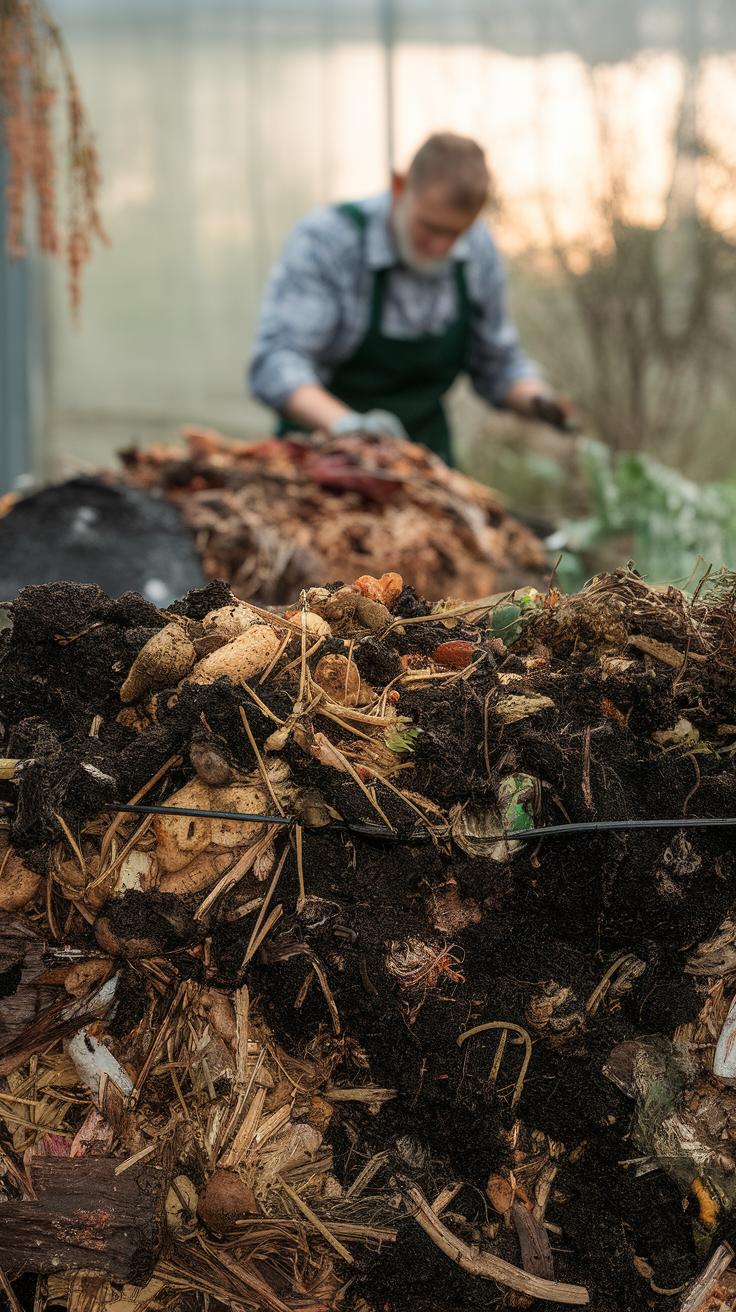

Addressing Odors and Pests in Your Compost Bin
Composting can occasionally produce unwanted odors, signaling that something is amiss. A strong, foul smell often results from an imbalance of nitrogen-rich greens and carbon-rich browns. To remedy this, increase the amount of browns in your mix, including dried leaves, paper, or straw. Layering these materials helps maintain aeration and reduces odors.
Pests can also become a nuisance during composting. Common offenders like fruit flies and rodents are attracted by food scraps. To deter them, bury kitchen waste beneath a layer of browns; this creates a barrier that minimizes odors and keeps pests at bay. Regularly turning your compost can enhance aerobic decomposition, further helping to reduce these issues.
Managing Other Common Composting Challenges
Another issue that might arise is insufficient heat in your compost pile. A well-maintained pile should generate heat between 130°F to 160°F, essential for decomposition. If your compost remains cool, increase moisture levels and ensure proper aeration by turning it frequently.
If your compost appears too dry and clumpy, it’s important to add water gradually, mixing thoroughly to achieve a good consistency. This balance of moisture and proper ingredient ratios will yield rich, beneficial compost while minimizing potential problems.
Composting in Small Spaces Urban Gardening Solutions
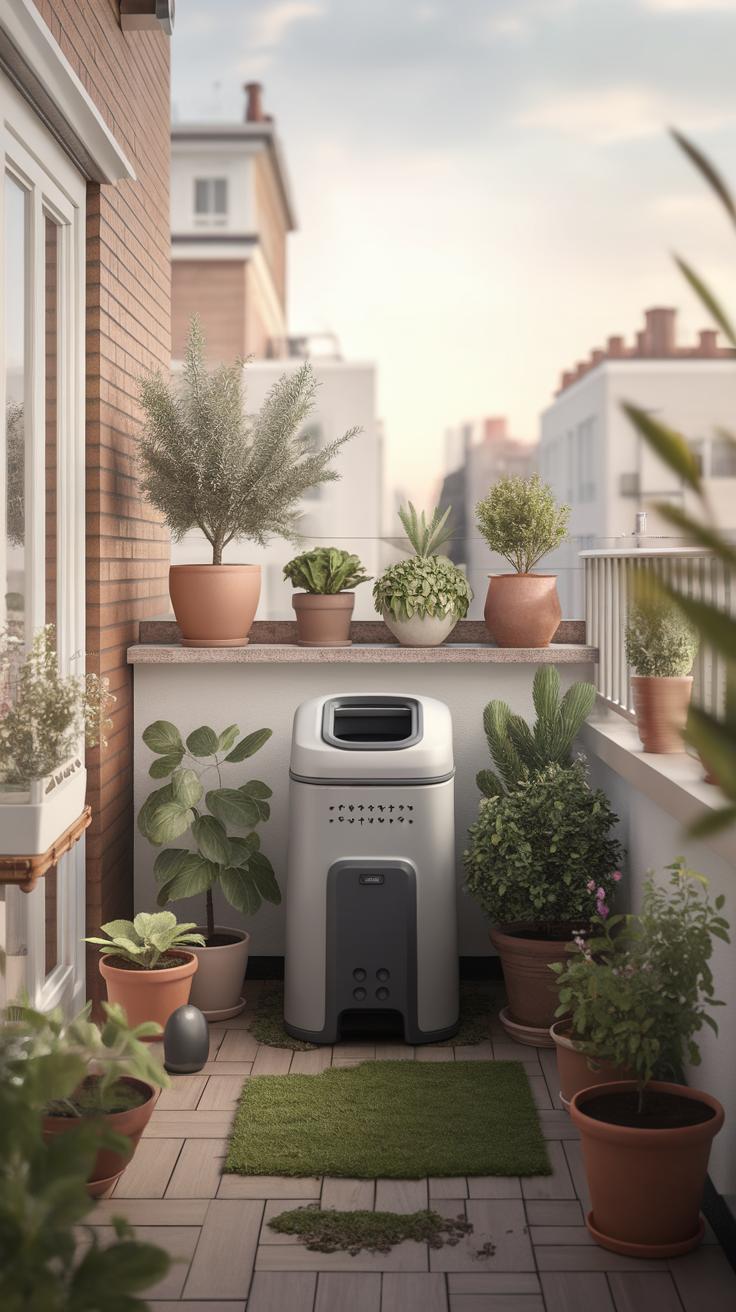
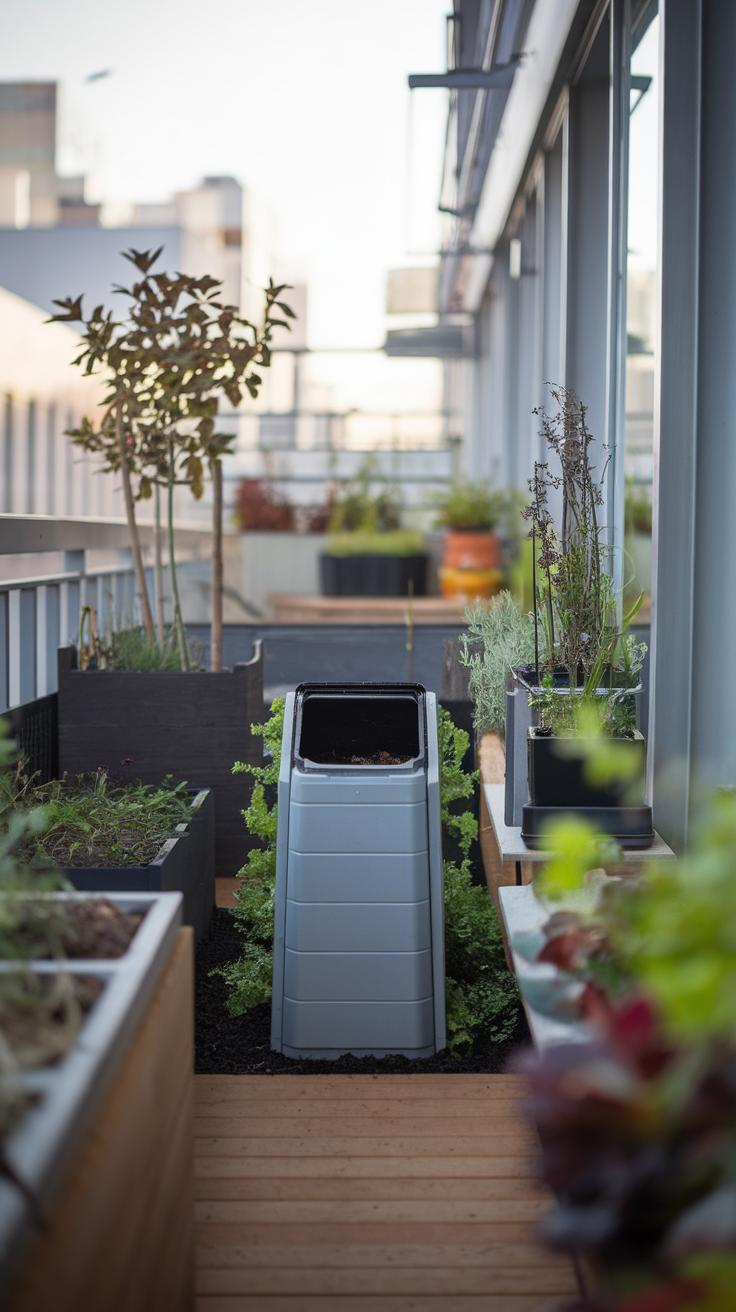
Indoor and Outdoor Composting Techniques
For urban gardeners and individuals with limited outdoor space, composting can be both practical and rewarding. Utilizing smaller compost bins, such as worm bins or countertop composters, allows for effective composting without requiring a large area. A worm bin, which employs red wigglers to break down organic material, is an ideal option for small spaces. This method is odorless when maintained properly and can fit in a kitchen or on a balcony.
Another effective technique involves using a compact compost tumbler. These rotating bins not only require minimal space but also expedite the composting process through regular mixing. Maintaining balance with greens and browns is essential to achieve nutrient-rich compost. By leveraging these innovative solutions, urban dwellers can transform their organic waste into valuable soil despite their constrained environments.
Inspiring Others to Compost Share Your Composting Journey and Community Initiatives
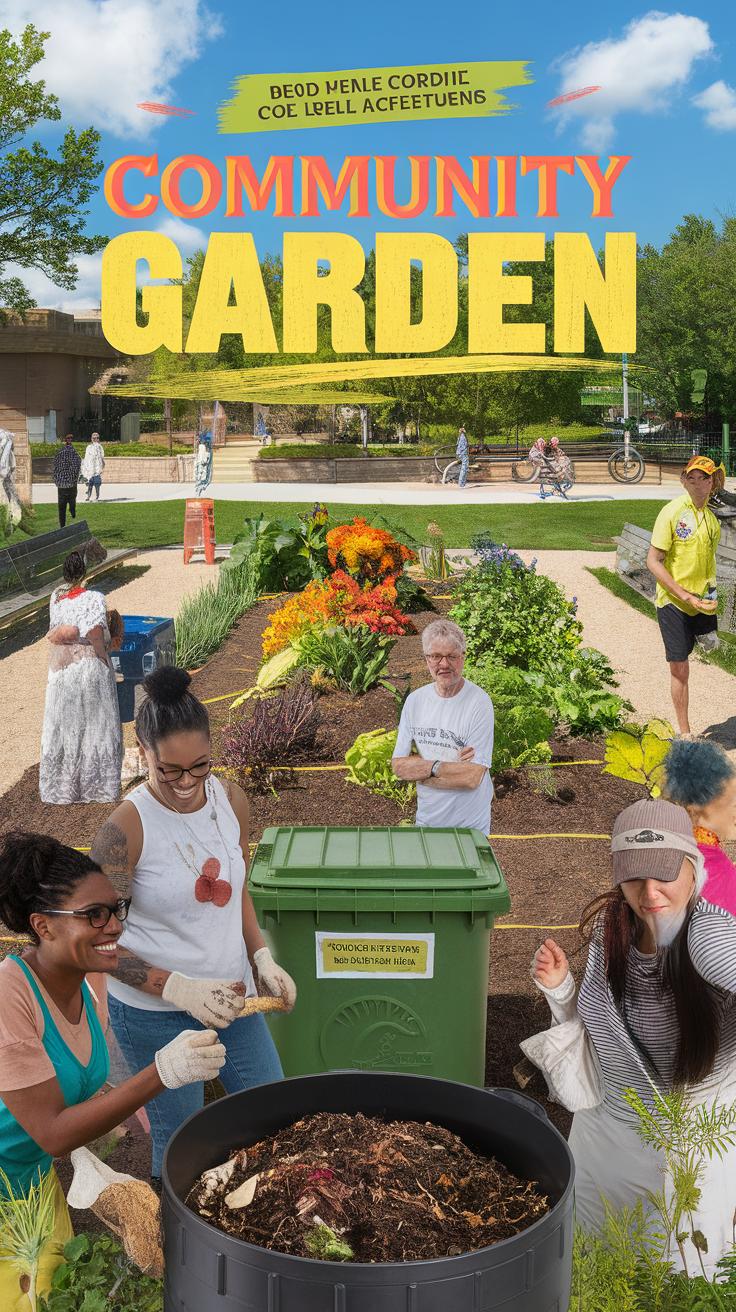
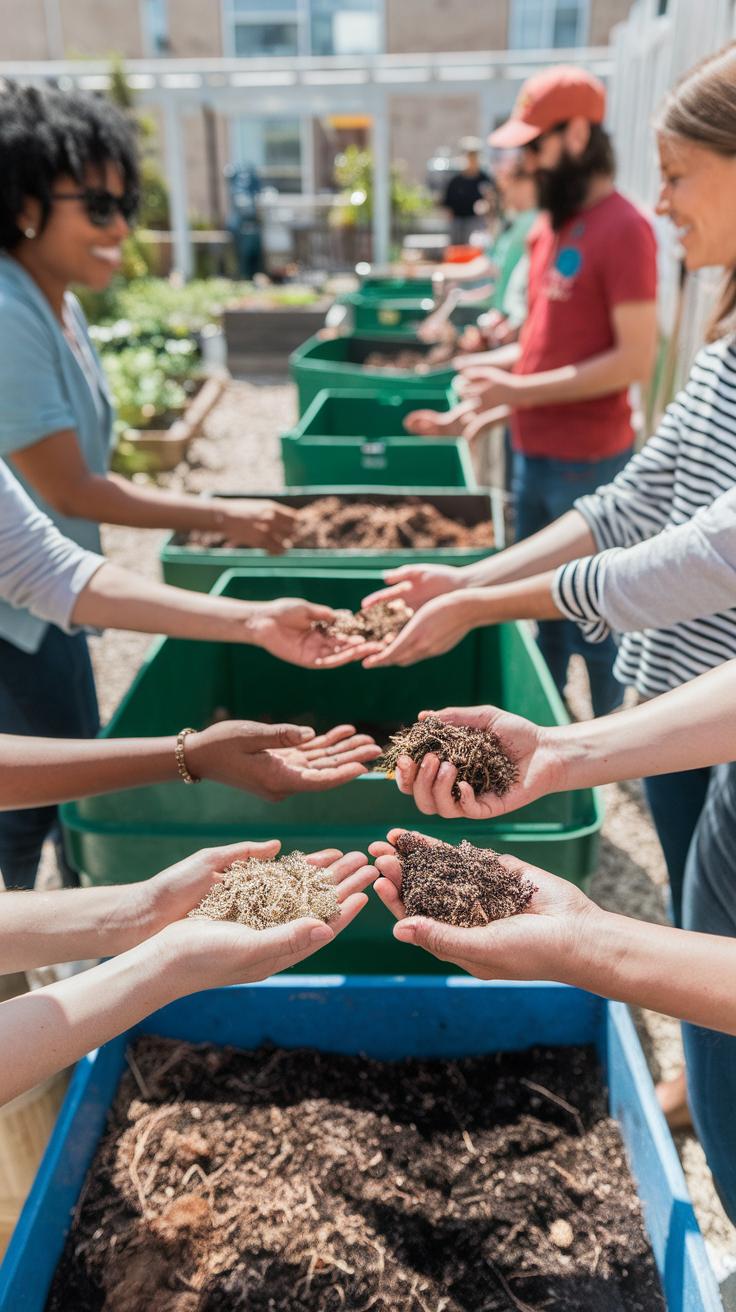
Encouraging Local Engagement in Composting
Sharing your composting journey can catalyze interest in sustainable practices within your community. Encourage friends, family, and neighbors to join you in transforming organic waste into beneficial soil. Hosting workshops or casual gatherings can provide hands-on experiences, breaking down barriers to entry. Offering tips on building compost bins can empower others to start their own projects, fostering an environment of collaboration and education.
Showcasing Successes to Build Momentum
Demonstrating the positive impact of composting in urban settings can motivate others to take action. Share photos of your thriving garden or nutrient-rich soil on social media platforms or community bulletin boards. Celebrating group successes can create a sense of shared accomplishment, attracting more participants to local composting initiatives. This collective effort not only reduces organic waste but also strengthens community bonds while promoting environmental stewardship.
Conclusions
Embarking on a compost bin DIY project is not just a method for waste disposal; it is a commitment to sustainable living and environmental conservation. By converting organic waste into valuable compost, you actively contribute to reducing landfill waste and promoting healthy ecosystems. Throughout this article, you learned to build a compost bin tailored to your personal needs and the importance of maintaining the right balance of carbon and nitrogen for effective composting. These practices can lead to rich, fertile soil for your garden.
By adopting composting as part of your gardening routine, you not only enhance the quality of your soil but also inspire those around you to consider eco-friendly gardening practices. Your efforts contribute to a larger movement aimed at reducing waste and promoting sustainable agriculture. Embrace the art of composting and watch your garden thrive while protecting our planet for future generations.


